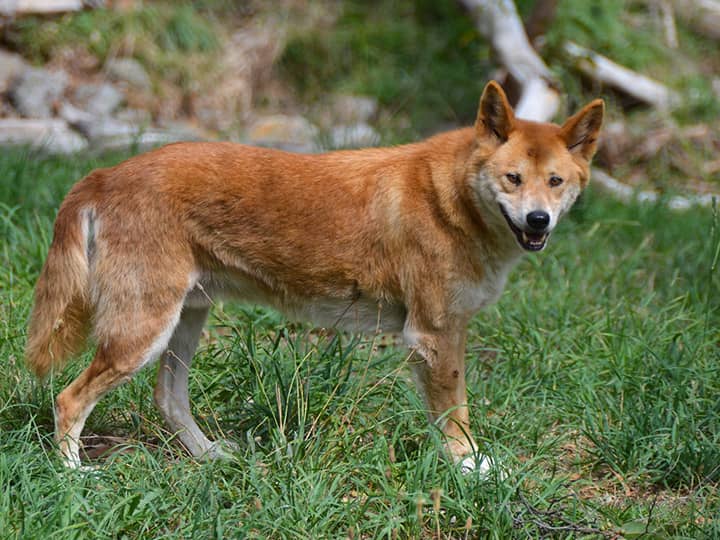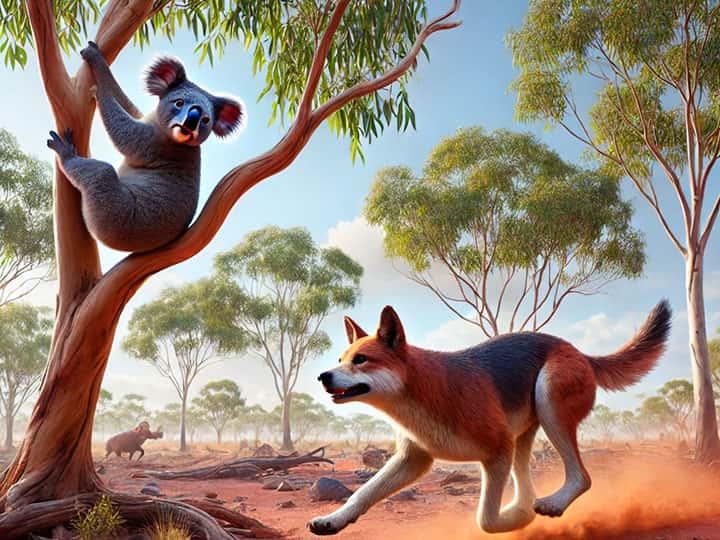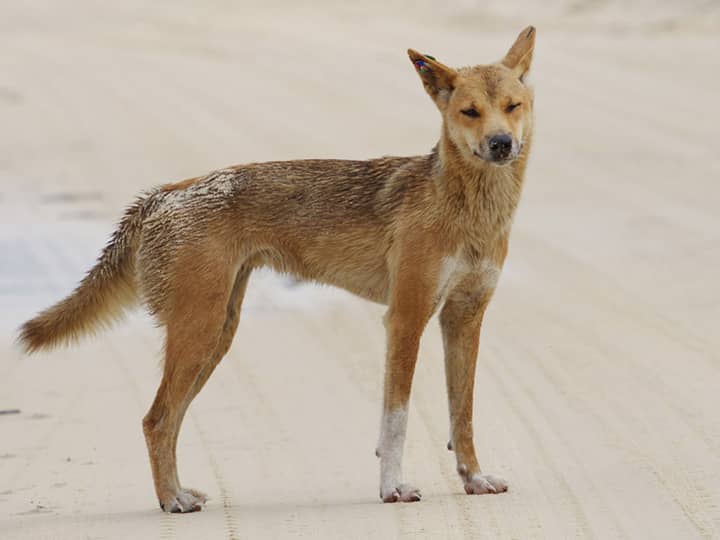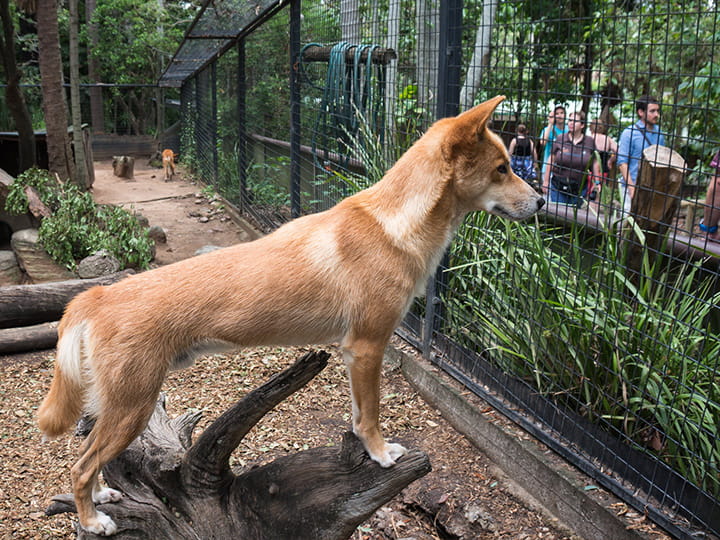Dingoes as predators of koalas
Dingoes are the apex predators on the Australian continent. And they are also the top predators of koalas. Each year more than a thousand koalas are hunted by dingoes alone. About 82 to 85 percent of the total koala predation is done by dingoes (in the dominant majority) and other wild dogs. Any koala regardless of its size, age, or gender can easily become prey to dingoes. As compared to koalas, dingoes are not only stronger, agile, and faster but are also skillful hunters. Therefore, dingoes eat koalas in greater numbers than any other predator in Australia. Dingoes also have a more successful predation rate than other predators.

Even though koalas are safe from dingoes in the trees, they shift from one eucalyptus tree to another in search of fresh eucalyptus foliage. During this journey from one tree to another, they are vulnerable to a dingo or its pack. Similarly, juvenile koalas who have been kicked out of the territory by the dominant koala males are also vulnerable to dingoes. Furthermore, during the mating season, male koalas are in continuous search of a female partner for mating. Some studies have also revealed that female koalas carrying joeys are vulnerable to dingoes. Lastly, sometimes koalas don't rest or sleep on trees but on the ground. This also makes them vulnerable to dingoes and other predators.

Dingoes are believed to be widespread throughout the Australian continent with a population of 10,000 to 50,000. They have a huge presence throughout Queensland, where koalas have their presence too. However, they have limited numbers in New South Wales, Victoria, and Southern Australia. The only region in Australia where dingoes don't exist is Tasmania, but koalas also don't have a natural habitat in Tasmania either.

Even though dingoes constitute a huge majority of 82 percent of overall koala hunting as a predator, koalas are not their major diet. Dingoes hunt kangaroos, wallabies, feral pigs, wombats, rabbits, birds, and goannas. Recent studies have also shown that dingoes also practice cannibalism. Several wildlife cameras have caught a video of dingoes eating their kind. Dingoes hunt in packs but they can also hunt as a solitary animal.
Dingoes are also the non-indigenous predators of koalas. They were introduced to the Australian continent about 3500 to 4000 years ago by the aboriginal people belonging to the Southeast Asian region. Due to their long presence on the Australian continent, dingoes play a crucial balance between predator and prey. For example, they play a key role in certain areas in limiting the presence of red foxes and feral cats who pose a massive threat to native animals including koalas. However, with more than 80 percent predation rate of koalas, they still pose a serious threat to koalas' survival on the Australian continent. It is believed that dingoes are directly responsible for the extinction of thylacines in Australia.

| Rank | Taxon |
|---|---|
| Kingdom | Animalia |
| Phylum | Chordata |
| Class | Mammalia |
| Order | Carnivora |
| Family | Canidae |
| Genus | Canis |
| Species | Canis lupus |
| Subspecies | Canis lupus dingo |
References
- Allen, B.L., Carmelito, E., Amos, M., Goullet, M.S., Allen, L.R., Speed, J., Gentle, M. and Leung, L.K.-P., 2016. Diet of dingoes and other wild dogs in peri-urban areas of north-eastern Australia. Scientific Reports, 6, p.23028.
- Johnson, C.N., Isaac, J.L. and Fisher, D.O., 2007. Rarity of a top predator triggers continent-wide collapse of mammal prey: dingoes and marsupials in Australia. Proceedings of the Royal Society B: Biological Sciences, 274(1608), pp.341-346.
- Letnic, M., 2011. Who's afraid of the big bad wolf: is the dingo friend or foe? The Conversation, 7 June. [Accessed 13 January 2025].
- Newsome, A.E., Catling, P.C. and Corbett, L.K., 1983. The feeding ecology of the dingo II. Dietary and numerical relationships with fluctuating prey populations in south-eastern Australia. Australian Journal of Ecology, 8(4), pp.345-366.
Koala Articles
Carpet Pythons as Predators of Koalas
Feral Cats as Predators of Koalas
Goannas as Predators of Koalas
Dingoes as Predators of Koalas
Pet Dogs as Predators of Koalas